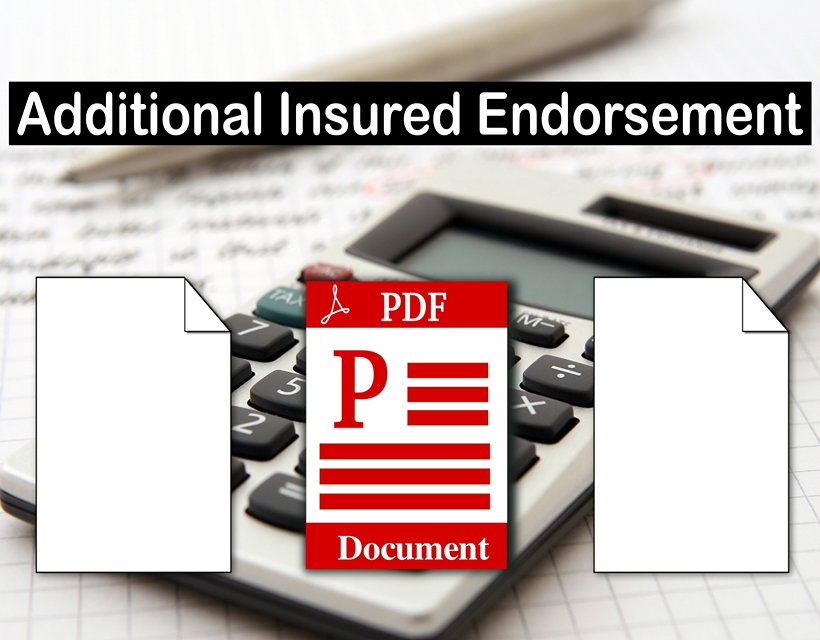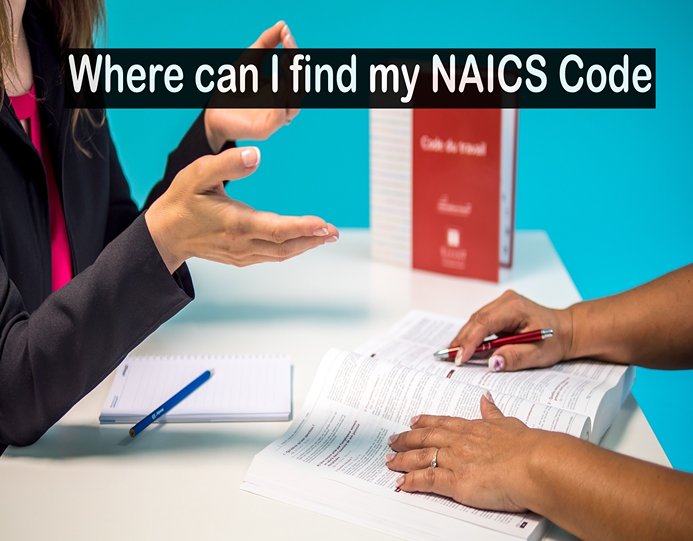(PDF) Additional insured endorsement pdf – Download PDF
An additional insured endorsement is a type of insurance policy amendment that extends coverage to a third party, usually as a result of a business contract or other agreement. The endorsement adds the third party to the insurance policy as an “additional insured” and provides that party with coverage for the specific risks that are listed in the endorsement. (PDF) Additional insured endorsement pdf – Download PDF
For example, a construction company may have a general liability insurance policy that includes an additional insured endorsement for a subcontractor working on a project. This endorsement would extend coverage to the subcontractor for any claims arising from the work they are doing on the project. The additional insured would be covered under the policy in the same way as the primary insured, including the payment of any legal fees and damages resulting from a covered claim. (PDF) Additional insured endorsement pdf – Download PDF
There are several benefits to adding an additional insured endorsement to an insurance policy. First, it can help to reduce the risk of disputes between parties in a business contract by providing a clear understanding of who is responsible for certain risks. Second, it can help to protect the assets of both parties in the event of a claim, as the insurance policy can provide financial protection to both the primary and additional insureds. Finally, it can help to streamline the claims process by ensuring that all parties involved in a claim are covered under the same insurance policy.
It’s important to note that an additional insured endorsement is not the same as a named insured. The named insured is the primary party listed on the insurance policy, while the additional insured is a third party that is added to the policy through the endorsement. Additionally, the coverage provided to the additional insured is usually limited to specific risks and is not as broad as the coverage provided to the primary insured.
An additional insured endorsement is an insurance policy amendment that extends coverage to a third party. It can be a valuable tool in managing risk and protecting the assets of all parties involved in a business contract or other agreement.
The language of the endorsement matters: Not all additional insured endorsements are the same, and the language used in the endorsement can have a significant impact on the extent of coverage provided to the additional insured. It’s important to carefully review the terms of the endorsement to ensure that the coverage being provided is adequate for the specific risks involved. (PDF) Additional insured endorsement pdf – Download PDF
The endorsement may have exclusions: The additional insured endorsement may exclude certain types of claims or risks, so it’s important to understand the limitations of the coverage being provided. For example, if the endorsement only covers claims related to the work being done on a specific project, it may not provide coverage for claims related to other work performed by the additional insured.
The endorsement may require a written agreement: In some cases, the insurance company may require a written agreement between the primary insured and the additional insured before the endorsement can be added to the policy. This agreement may outline the specific terms and conditions of the coverage being provided and may be required before any claims can be made.
The additional insured may have to pay a premium: Adding an additional insured endorsement to an insurance policy may result in an additional premium charge. The cost of the endorsement will depend on the specific risks involved, and the insurance company’s underwriting guidelines.
The endorsement may have time limits: The additional insured endorsement may only provide coverage for a specific period of time, such as the duration of a construction project or the length of a lease agreement. It’s important to be aware of any time limits included in the endorsement to ensure that coverage is in place when needed.
An additional insured endorsement can be a valuable tool for managing risk and protecting the assets of all parties involved in a business contract or other agreement. However, it’s important to carefully review the terms of the endorsement and understand the limitations of the coverage being provided to ensure that it meets the specific needs of the parties involved.
The endorsement may be required by contract: In some cases, a contract between two parties may require that one party be named as an additional insured on the other party’s insurance policy. For example, a construction contract may require that the property owner be named as an additional insured on the general contractor’s liability insurance policy. It’s important to review any contracts involved to understand the insurance requirements and ensure compliance.
The endorsement may be necessary for compliance: Certain industries or regulatory bodies may require additional insured endorsements for compliance purposes. For example, some states may require that contractors carry additional insured coverage for their subcontractors. It’s important to be aware of any legal or regulatory requirements when it comes to insurance coverage.
The additional insured may have different rights: While the additional insured is covered under the policy, they may not have the same rights and privileges as the primary insured. For example, the additional insured may not have the right to modify the policy or receive notice of policy cancellations or renewals.
The endorsement may affect the policy limits: Adding an additional insured endorsement to a policy may affect the policy limits for both the primary and additional insureds. It’s important to consider the impact on the policy limits and ensure that they are adequate for the specific risks involved. (PDF) Additional insured endorsement pdf – Download PDF
The endorsement may require notification: In some cases, the insurance company may require that the additional insured be notified of any claims or potential claims. It’s important to understand any notification requirements in the endorsement to ensure compliance and avoid any potential coverage issues.
An additional insured endorsement can provide valuable protection for third parties involved in a business contract or other agreement. However, it’s important to carefully review the terms of the endorsement, understand any limitations or exclusions, and consider the impact on policy limits and other factors before adding the endorsement to an insurance policy.
The endorsement may have specific requirements: The insurance company may have specific requirements for adding an additional insured to a policy, such as providing proof of the additional insured’s legal status or providing a copy of the contract requiring the endorsement. It’s important to follow these requirements to ensure that the endorsement is added to the policy correctly. (PDF) Additional insured endorsement pdf – Download PDF
The endorsement may have different versions: Insurance companies may offer different versions of the additional insured endorsement with varying levels of coverage. It’s important to understand the differences between the different versions and choose the one that best meets the specific needs of the parties involved.
The endorsement may require a separate agreement: In addition to the written agreement between the primary insured and the additional insured, the insurance company may require a separate agreement between themselves and the additional insured. This agreement may outline the specific terms and conditions of the coverage being provided and may be required before any claims can be made. (PDF) Additional insured endorsement pdf – Download PDF
The endorsement may have retroactive coverage: The additional insured endorsement may include retroactive coverage, which provides coverage for claims that occurred before the endorsement was added to the policy. This can be valuable in situations where the additional insured may have been exposed to risk prior to the endorsement being added.
The endorsement may have specific language requirements: Some industries or regulatory bodies may require specific language in the additional insured endorsement to meet legal or contractual requirements. It’s important to be aware of any language requirements and ensure that the endorsement meets these requirements.
An additional insured endorsement can provide valuable protection for third parties involved in a business contract or other agreement. However, it’s important to carefully review the terms of the endorsement, understand any limitations or exclusions, and follow any specific requirements or language requirements to ensure that the endorsement provides the intended coverage. (PDF) Additional insured endorsement pdf – Download PDF













